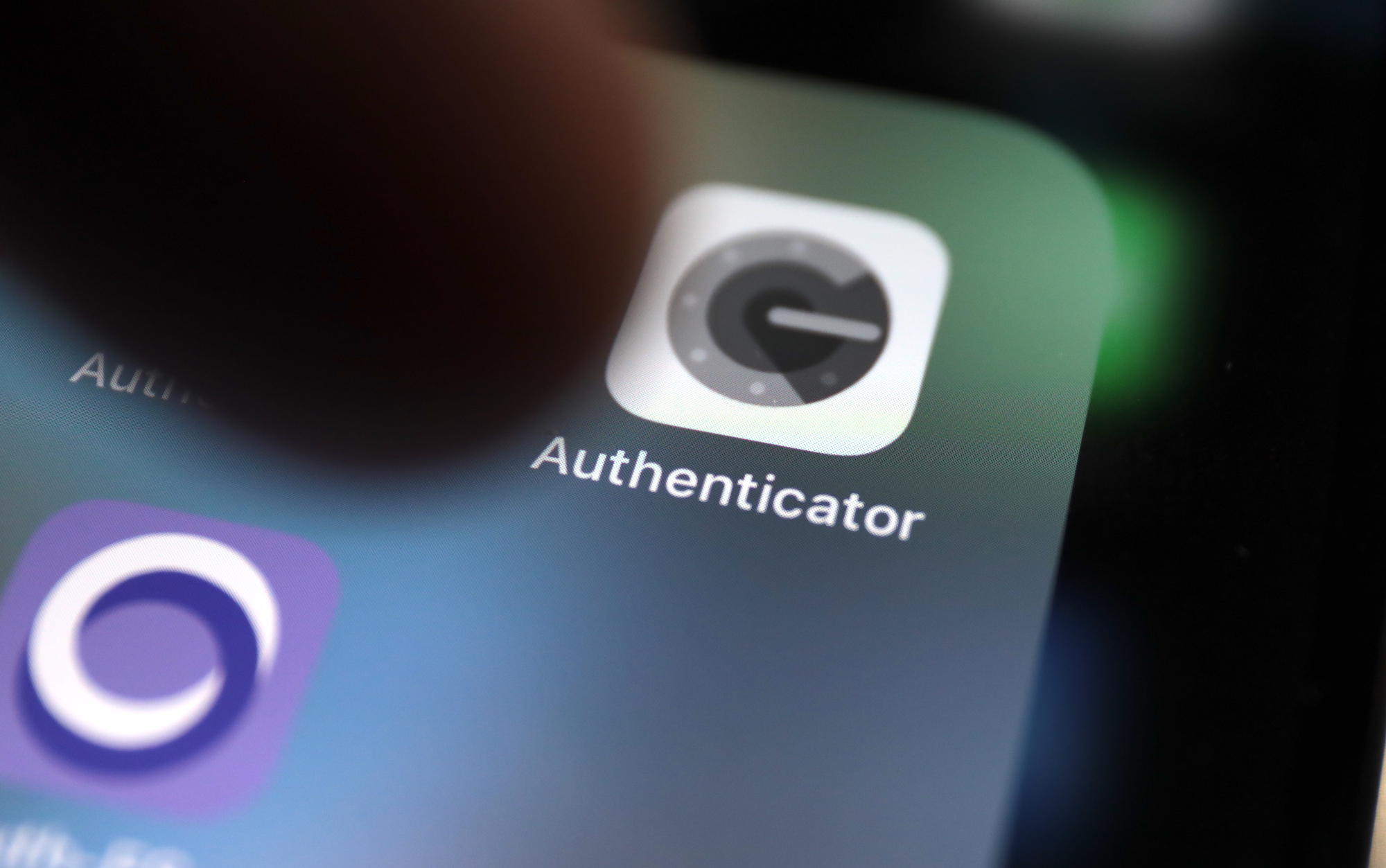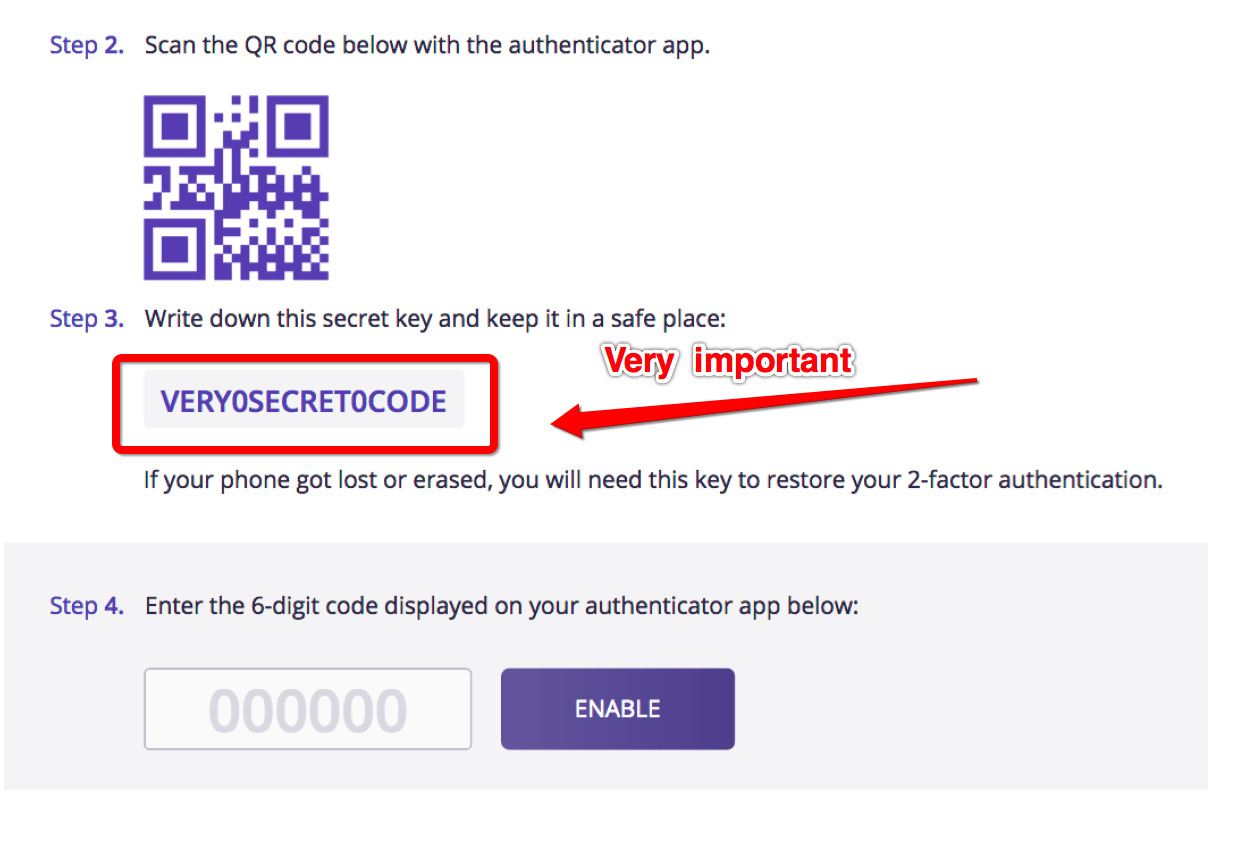Introduction
Welcome to this article on the topic of deleting Google Authenticator. In today’s digital age, online security is of utmost importance. With the increasing number of online threats, it is crucial to find effective ways to protect our sensitive information. One popular method of enhancing security is through two-factor authentication (2FA). Google Authenticator is a widely used application that provides an additional layer of security to various online accounts.
In this article, we will explore the implications of deleting Google Authenticator and the steps you can take to regain access to your accounts. It is common for users to wonder about the consequence of removing the app and how it may affect their online security. We will address these concerns and provide useful insights to help you navigate this process.
Whether you have recently deleted Google Authenticator or you are considering doing so, this article will guide you through the necessary steps to ensure a smooth transition. We will also share tips on preventing similar issues in the future, so you can protect your online accounts effectively.
Before we delve into the topic, let’s take a closer look at what Google Authenticator is and how it functions to provide an extra layer of security for your online accounts.
What is Google Authenticator?
Google Authenticator is a smartphone application that provides an additional layer of security to your online accounts. It is designed to work with two-factor authentication (2FA), also known as two-step verification, which adds an extra step to the login process to verify your identity.
The main purpose of Google Authenticator is to generate one-time passwords (OTPs) that must be entered along with your regular login credentials. These OTPs are time-based and change every 30 seconds, making them highly secure. By requiring this additional code, even if someone obtains your username and password, they will still need the unique OTP from your Google Authenticator app to gain access to your account.
Google Authenticator is widely used by various platforms and services, including social media networks, email providers, online banking, and more. It helps protect your accounts from unauthorized access, ensuring that only you are able to login, even if your login credentials are compromised.
It is important to note that Google Authenticator is not the only 2FA method available. Other popular options include SMS-based verification, email codes, and hardware tokens. However, Google Authenticator stands out due to its simplicity and convenience. All you need is your smartphone, and you can generate the required OTPs anytime, anywhere.
The app is compatible with both Android and iOS devices, making it easily accessible for a wide range of users. It does not require an internet connection to generate OTPs, providing an added advantage in areas with limited connectivity.
How does Google Authenticator work?
Google Authenticator functions based on the Time-based One-Time Password (TOTP) algorithm. When you set up 2FA with a supported platform or service, such as Gmail or Dropbox, you enable the option to use Google Authenticator as your method of generating OTPs.
Here’s a step-by-step breakdown of how Google Authenticator works:
- Upon enabling 2FA and choosing Google Authenticator, a secret key is generated and displayed by the platform or service you are securing. This key is unique to your account and is used to sync your Google Authenticator app with the server.
- You open the Google Authenticator app on your smartphone and scan the QR code provided by the platform or service. Alternatively, you can manually enter the secret key if QR code scanning is not available.
- Once synced, the Google Authenticator app on your smartphone begins generating time-based OTPs. These OTPs change every 30 seconds, ensuring tight security and reducing the risk of someone intercepting and reusing the code.
- When you log in to your account, you are prompted to enter the current OTP displayed on your Google Authenticator app, along with your regular login credentials.
- If the entered OTP matches the one generated by your Google Authenticator app at that moment, you are granted access to your account. Otherwise, you will be denied entry.
It’s important to understand that the primary factor in authenticating your account is still your username and password. The OTP generated by Google Authenticator is an additional layer of security that acts as a second factor, ensuring that even if someone gets hold of your login credentials, they won’t be able to access your account without the unique OTP from your app.
Overall, Google Authenticator adds an extra level of protection to your online accounts by implementing the TOTP algorithm and generating time-based OTPs that are required for successful login.
Steps to set up Google Authenticator
Setting up Google Authenticator on your smartphone is a straightforward process. Follow these steps to enable 2FA and sync the app with your online accounts:
- Install the Google Authenticator app from the App Store (for iOS) or Google Play Store (for Android).
- Open the app and tap on the “Begin Setup” button.
- Choose how you want to add an account – either by scanning a QR code or manually entering a setup key. Note that the QR code method is more convenient and recommended.
- For the QR code method: Scan the QR code displayed on the platform or service you want to enable 2FA for. Point your smartphone camera at the QR code until it is recognized by the app.
- If you prefer the manual entry method, enter the setup key provided by the platform or service into the app.
- Once the app recognizes the QR code or you enter the setup key, a new account will be added to your Google Authenticator app.
- Repeat these steps for any other online accounts you wish to secure using Google Authenticator.
- With each account you add, the app will display a unique OTP that refreshes every 30 seconds.
- Whenever you need to log in to one of the synced accounts, enter the current OTP displayed in your Google Authenticator app, along with your regular login credentials.
It is important to keep your smartphone secure and back up the secret key or QR codes provided during the setup process. In case your phone is lost, stolen, or replaced, having a backup will enable you to quickly restore your accounts on a new device.
Note that some platforms or services may offer alternative methods of setting up Google Authenticator, so it’s always recommended to refer to their official documentation or support resources for specific instructions.
What happens if I delete the Google Authenticator app without disabling two-factor authentication?
If you delete the Google Authenticator app from your smartphone without disabling two-factor authentication (2FA) for your online accounts, you may encounter difficulties accessing those accounts. Here’s what happens:
1. Inability to generate OTPs: The main function of the Google Authenticator app is to generate one-time passwords (OTPs) that are required for 2FA login. Once the app is deleted, you will no longer have access to the OTPs associated with your accounts.
2. Denied access to accounts: Without the ability to provide the correct OTP during the login process, you will be denied access to your accounts. This is because 2FA acts as an additional layer of security, and without the verified OTP, the login attempt will be considered incomplete.
3. Increased account vulnerability: Deleting the Google Authenticator app without disabling 2FA leaves your accounts vulnerable to unauthorized access. Anyone with your login credentials will potentially be able to gain access, as the second factor of authentication – the OTP – will no longer be required.
4. Recovery complications: Recovering your accounts after deleting the Google Authenticator app can be a challenging process. The specific steps to regain access will depend on the platform or service you are using. Generally, you will need to go through a verification process to prove your identity and ownership of the account.
It’s important to keep in mind that each platform or service may have different procedures for account recovery. Some common recovery options include contacting customer support, providing alternate email addresses or phone numbers, or answering security questions. It’s crucial to follow the instructions provided by the platform or service to regain access to your accounts.
To avoid these complications, it is highly recommended to disable 2FA or transfer it to another authentication app before deleting the Google Authenticator app. This ensures a seamless transition and prevents any potential lockouts from your accounts.
In the following section, we will discuss how you can regain access to your accounts without the Google Authenticator app and what measures you can take to prevent similar issues in the future.
How to regain access to your accounts without the Google Authenticator app
If you have deleted the Google Authenticator app without disabling two-factor authentication (2FA) for your online accounts, don’t worry. There are steps you can take to regain access:
1. Check for backup codes: Some platforms or services provide backup codes during the initial setup of 2FA. These codes can be used as an alternative method to log in without the need for the Google Authenticator app. Check your account settings or documentation for information on backup codes and how to use them.
2. Contact customer support: If you don’t have backup codes or if the codes are not working, reach out to the customer support of the platform or service. Explain your situation and provide any necessary information to prove your identity and ownership of the account. They will guide you through the account recovery process, which may involve verifying personal information or using alternative identification methods.
3. Provide alternative contact information: Some platforms or services allow you to provide alternative contact information, such as a phone number or email address, for account recovery purposes. If you have set up these options, use them to receive a verification code or further instructions to regain access to your account.
4. Account recovery options: Follow the specific instructions provided by the platform or service for account recovery. This may involve answering security questions, providing previously used passwords, or confirming details related to the account.
5. Strengthen security measures: Once you regain access to your accounts, consider strengthening your security measures to prevent future issues. One option is to switch to a different authentication app, such as Authy or Microsoft Authenticator, that allows you to store the 2FA credentials securely. Be sure to properly set up and sync the new app with your accounts.
6. Enable additional security features: In addition to 2FA, many platforms and services offer additional security features, such as biometric login, device recognition, or email/SMS notifications for suspicious activities. Take advantage of these features to enhance the overall security of your accounts.
Remember, the account recovery process may vary depending on the platform or service you are using. Always follow the recommended procedures and guidelines provided by the respective platform or service to ensure a smooth account recovery experience.
Preventing future issues with Google Authenticator
To avoid encountering issues with Google Authenticator in the future, it’s important to follow certain practices and take necessary precautions. Consider the following steps to prevent any potential problems:
1. Backup your secret keys or QR codes: Before deleting the Google Authenticator app or switching to a new device, ensure that you have backup copies of the secret keys or QR codes provided during the initial setup process. Storing these in a secure place, such as a password manager or encrypted file, will allow you to easily restore your accounts on a new device.
2. Enable multiple device synchronization: Some authentication apps, including Google Authenticator, support multi-device synchronization. By enabling this feature, you can use the same set of codes across multiple devices, ensuring that even if one device is lost or damaged, you still have a backup to access your accounts. Explore the options available within your chosen authentication app, and follow the setup instructions carefully.
3. Set up recovery phone numbers or email addresses: Many online platforms and services offer the option to associate a recovery phone number or email address with your account. Make sure to set up these additional contact methods, as they can be used for account recovery in case you lose access to your authentication app. Keep these recovery options updated and ensure that they are accessible and secure.
4. Use alternative or backup 2FA methods: While Google Authenticator is a popular choice for 2FA, consider diversifying your authentication methods for added security. Some platforms and services offer alternative options, such as SMS-based verification, email codes, or hardware tokens. Utilize these options to have backup methods in place in case you encounter any issues with Google Authenticator.
5. Keep your smartphone secure: Since Google Authenticator resides on your smartphone, it’s vital to keep your device secure. Use strong passwords, enable biometric authentication (such as fingerprint or face recognition), and regularly update your operating system and apps to protect against potential vulnerabilities. Avoid downloading apps from untrusted sources and be cautious of phishing attempts to prevent unauthorized access to your device and the apps installed on it.
By implementing these preventive measures, you can enhance the security of your accounts and mitigate future issues with Google Authenticator. Remember to regularly review and update your security settings and stay informed about any new developments or best practices related to two-factor authentication.
Conclusion
In conclusion, Google Authenticator is a valuable tool for adding an extra layer of security to your online accounts through two-factor authentication. However, if you delete the Google Authenticator app without disabling 2FA, you may encounter difficulties accessing your accounts. It is essential to be aware of the consequences and take appropriate measures to regain access.
If you find yourself in a situation where you have deleted the app, the first step is to check for backup codes provided during the initial setup. These codes can be used to log in without the need for the Google Authenticator app. If backup codes are not available or don’t work, contacting the customer support of the platform or service is the next recommended step. They will guide you through the account recovery process by verifying your identity and ownership of the account.
To prevent similar issues in the future, it is crucial to practice good security habits. This includes backing up secret keys or QR codes, enabling multiple device synchronization, and setting up recovery phone numbers or email addresses. Additionally, considering alternative 2FA methods and keeping your smartphone secure are essential components of a comprehensive security strategy.
By following these preventive measures, you can ensure a smoother 2FA experience and minimize the risk of being locked out of your accounts. Stay informed about best practices and advances in authentication technology, and regularly review your security settings for optimal protection.
Remember, the importance of online security cannot be overstated in today’s digital landscape. Taking proactive steps to safeguard your online accounts is essential for protecting your sensitive information and preventing unauthorized access. With the right security practices in place, you can enjoy a safer online experience with Google Authenticator and other authentication methods.

























